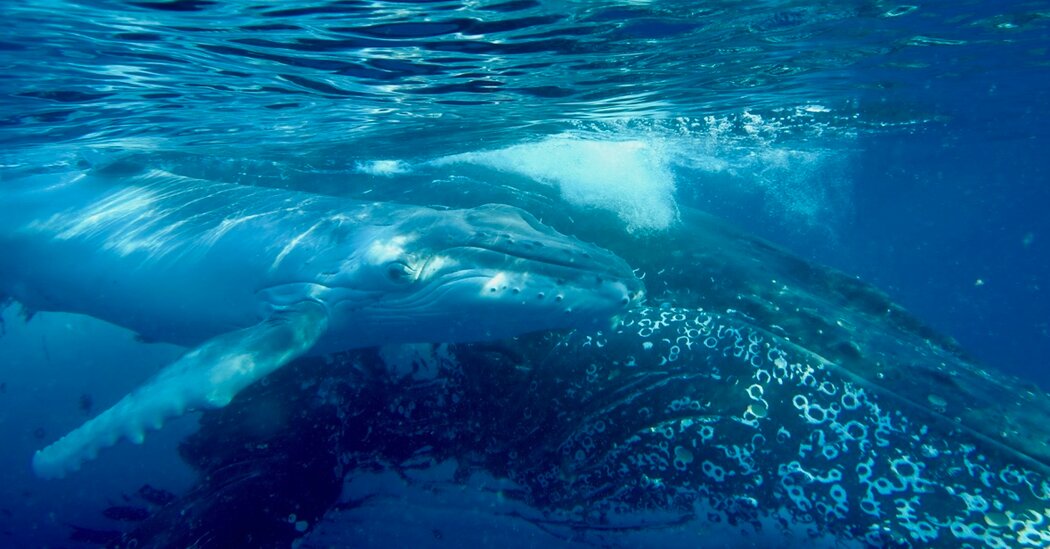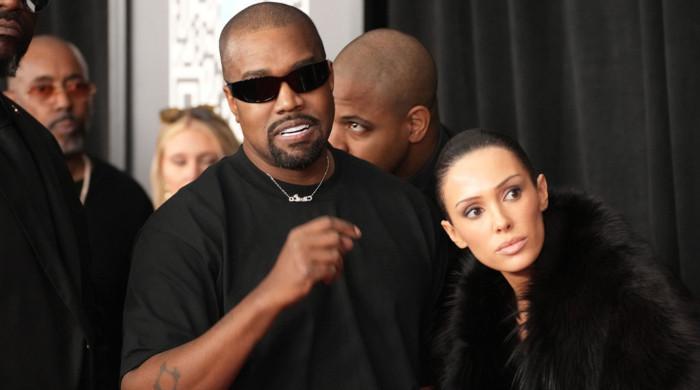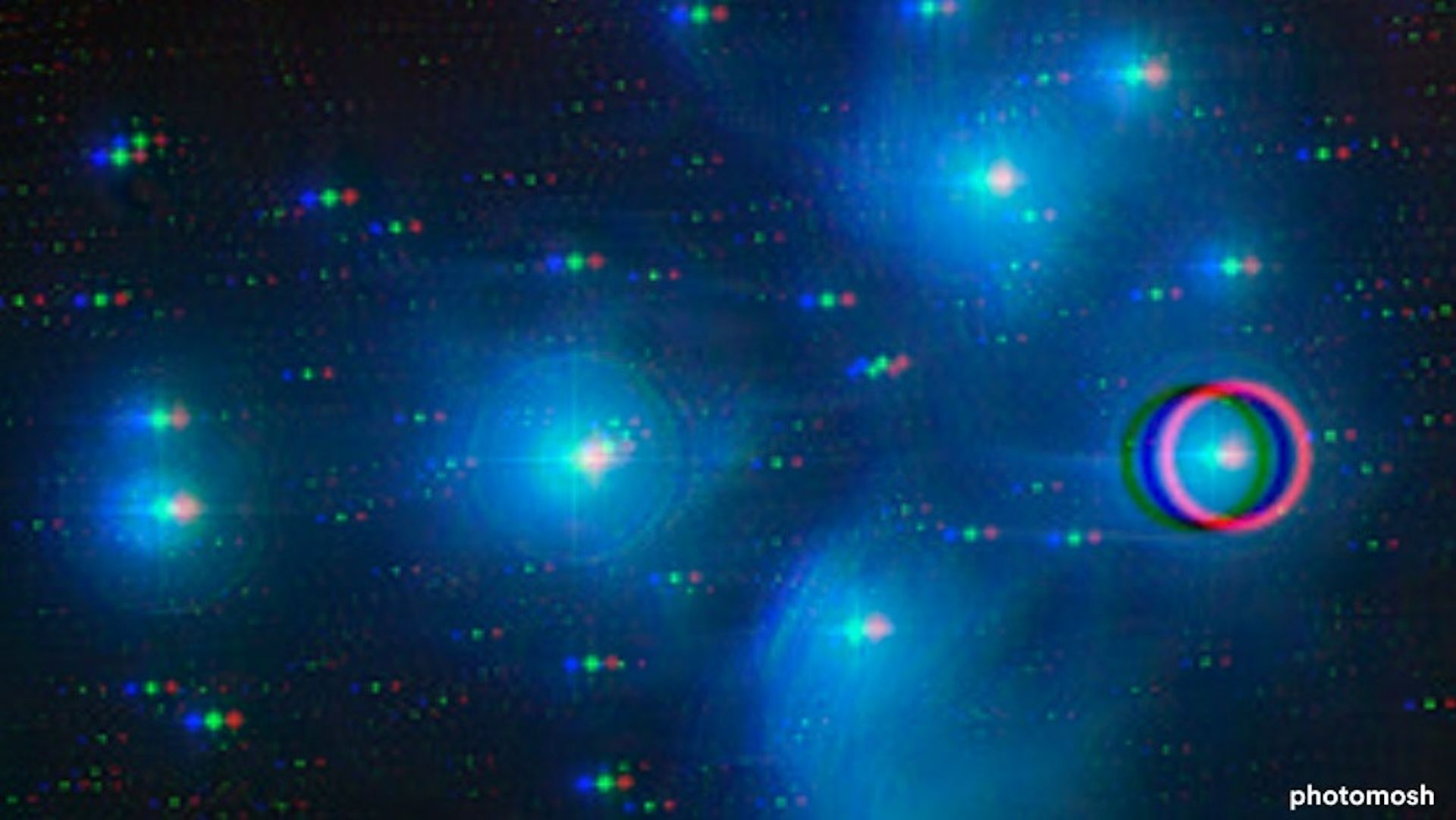
More than three million years after her death, the early human ancestor known as Lucy is still divulging her secrets.
In 2016, an autopsy indicated that the female Australopithecus afarensis, whose partial remains were found in Ethiopia in 1974 and is considered the most complete hominid fossil found to date, died from a fall out of a tree. Seven years later, a virtual reconstruction of her leg and pelvic muscles — which are not preserved in fossils — revealed that she stood about three and a half feet tall, weighed between 29 and 93 pounds, and was capable of standing and walking upright, similar to modern humans.
A new study published in the journal Current Biology proposes that Lucy was capable of running, too. But she would not have been much of a marathoner and might have struggled to keep up with a contemporary couch potato in a 100-yard dash. “She was not a natural runner,” said Karl Bates, an evolutionary biomechanics researcher at the University of Liverpool and lead author of the paper. “In all probability, she could run only through short bursts of energy rather than long-distance chases.”
The fossil, which dates to 3.2 million years ago and represents 40 percent of Lucy’s skeleton, is often described as having a mix of human and ape features. “Her overall body size was much smaller than ours and her upper body larger, with longer arms and shorter legs,” Dr. Bates said. “Even after correction for differences in body size, she would have been much slower than people.” His team’s conclusions bolster the hypothesis that the ability of humans to run long distances is an adaptation that gave them an advantage in acquiring prey.
The analysis was drawn from computer-based movement simulations of Lucy’s leg muscles. The model used the surface area of her bones and the muscular architecture of modern apes to estimate her muscle mass. “The simulator experiments with millions and millions of different sequences until it finds the one that leads to the fastest speed with minimum energy cost,” Dr. Bates said. The researchers compared Lucy’s performances with those of a digital model of a modern human whose measurements echoed those of the 5-foot-9, 154-pound Dr. Bates, who is 38.
“The comparisons between humans and Lucy with the same muscle properties allowed us to give a sort of maximum and minimum speed estimate for Lucy,” he said. “It also allowed us to compare the effects that important anatomical features in human evolution had on running speed.”
The estimate for Lucy’s top running speed — with humanlike muscle configurations — was a relatively modest 11 m.p.h. That is roughly what a domestic pig could achieve over a quarter-mile, but far slower than modern humans, whose sprinting speeds often exceed 18 m.p.h. and peak at more than 27 m.p.h. in elite athletes. Dr. Bates speculated that in a 100-meter race, Usain Bolt, the world-record holder at that distance, would have beaten Lucy by somewhere between 50 and 80 meters.
Homo erectus, the first of our relatives with humanlike body proportions, evolved in Africa about 1.9 million years ago. The species was an endurance runner, built to chase down prey on the open savannas of Africa. Australopithecus afarensis fossils are typically found in areas that were primarily woodlands with patches of grassland. Built for short distances, Lucy would have relied on strategies other than pursuit hunting for gathering food, such as climbing trees.
“On the whole, the hominids were living in places that had lots of trees, bushes and shrubs,” said Denise Su, a paleontologist at the Institute of Human Origins in Tempe, Ariz. “Prey species in more closed habitats tend to hide and freeze as a response because there is a lot more cover, and you can’t run fast on landscapes with a lot of cover.”
Lacking the long, elastic Achilles tendons and shorter muscle fibers present in the legs of contemporary humans, Lucy would have had to work harder to move quickly. The benefit of the tendon, which connects the calf muscles to the heel bone, is that it acts like a giant spring, storing and releasing energy while we are in motion and producing an efficient running gait. The Achilles on an ape is little more than stub.
When humanlike ankle muscles were added to the cyber Lucy, the amount of energy that she expended was comparable to that of other animals of similar stature. But tack on apelike ankle muscles, and she would have spent three times as much energy running as a modern human.
“At this point in time of our evolution, we were just bipedal apes running around on the landscape,” Dr. Su said. “Given the kinds of habitats in which our early ancestors lived, this study suggests that the ability to run fast was not an adaptation that would have been important for Lucy’s survival.”






